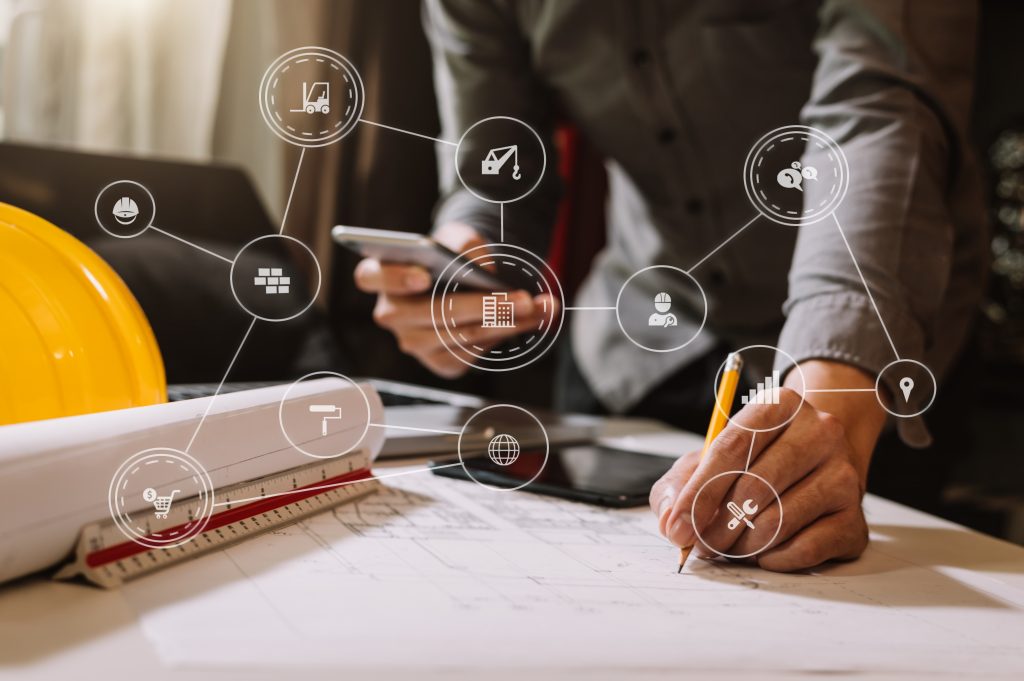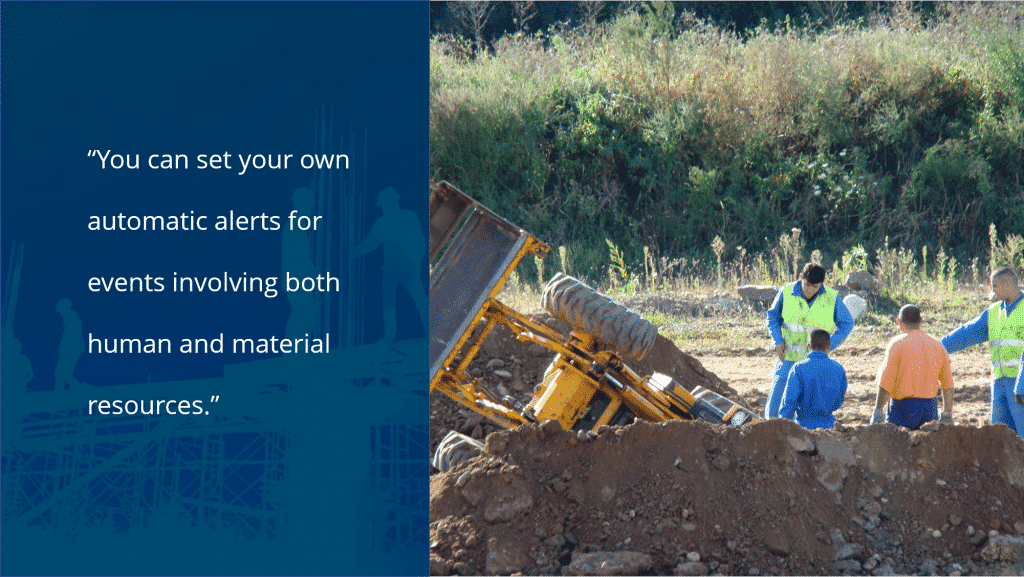
Resource management is a crucial aspect of working within the construction sector. But it is sometimes overlooked, possibly because there are difficulties that are specific to the industry. As a result, there is an obvious need for resource management software that is dedicated to the sector’s particular needs.
What is resource management?
It is defined by Designing Buildings as “the process of planning and allocating resources required to meet project objectives. Proper resource management helps to keep projects on schedule by ensuring that the demand of project resources is met and also maximizes the utilization of resources from project to project.” Resources that are particularly relevant in construction include materials, plant and equipment etc, and the workforce.
Clearly, good resource management is absolutely vital for the success of any construction project.
Difficulties with resource management
Construction resource management can be especially problematic due to a combination of factors:
- It is complex because of the wide variety of assets being managed, such as vehicles, plant, tools, equipment, materials and the labour force.
- In the construction sector, it is necessary that resources are mobile, which means that keeping track of them is more difficult.
- Each construction project is unique and so the specific resources used on any particular job might have to be adapted.
Therefore, a specific, flexible and targeted approach to resource management is required to manage a construction company’s assets. The good news is that software specifically designed for use in the construction sector is available to help with these processes.
Advantages of strong resource management software
Listed below are four important ways that a resource management software can improve your construction project management.
1) Empowering your direct supervision
The software provides a comprehensive overview of a project for the HR and Finance teams, and also for the site manager. Specifically, it enables quick access to the following information:
- Worker hours – This means that you are kept up to date with what’s happening on-site, e.g. number of hours worked per worker per project. This detailed data is available thanks to the digital timesheet software.
- Worker status – Information is provided in real time about the administrative status of your workers.
- Geolocation of tools, vehicles, equipment etc – This enables you to keep track of where your resources are and also who’s in charge of them.
2) Early identification of anomalies or problems
The provision of accurate and complete data in a fast and efficient manner means that you can be much more proactive, instead of reactive. For example, you can take prompt action in the event of a tool going missing, a vehicle being at the wrong address, a worker doing too many or not enough hours, or a worker who hasn’t completed the mandatory safety training.
To help with this, you can set your own automatic alerts for events involving both human and material resources.

3) Better planning of the maintenance and/or replacement of your resources
It is important to know the expected lifespan of your assets, and also to be able to predict and schedule the related maintenance and/or replacement of them (e.g. after 10,000 km for vehicles, or after a specific number of hours for machines, etc).
If you know the expected lifespan of your assets, you won’t have to wait for them to become damaged while in use before undertaking maintenance or repairs, as this can be initiated proactively. Unplanned repairs and replacements can often cause a project to be put on hold, with obvious time and cost implications. Moreover, establishing a proactive maintenance programme can sometimes extend the working life of an asset.
Well-developed knowledge of an asset’s maintenance schedule and lifespan can also help you to make better purchasing decisions when it comes to replacing it – for example, you might find that equipment from manufacturer A lasts much longer compared with manufacturer B. Also, this information can enable better estimates of your asset depreciation for accounting.
The right software will collect accurate information about an asset’s average lifespan, while also keeping track of it, and so allow better planning of maintenance and/or replacement.
4) Better estimation and management of costs and productivity
Better information about your construction costs will help you to keep your budget under control.
In terms of material resources, this will be seen by avoiding losses and thefts, better management of your resource maintenance, and optimisation of movements of plant and equipment.
Regarding human resources, costs and productivity will be better managed thanks to improved and more direct supervision, and better-quality data – for example, by knowing in a timely manner exactly how your workforce is performing on each phase of a project and by reducing low-value tasks.
Going digital: using the right resource management software
Construction companies have specific needs with regard to resource management. Whether it is a general construction company or one that focuses on the energy sector, for example, each one will have different resources and therefore different resource management requirements. Fortunately, software exists that is designed to respond to those needs.
Traxxeo provides adapted solutions for on-site resources management during the execution phase of projects. Our team takes great care to integrate our solutions with a client’s ERP, payroll and financial control software. This means that you can choose the solution that works best with your current digital environment.
A couple of great aspects of Traxxeo are that it offers solutions with an ergonomic and user-friendly interface. It is designed to adapt to companies’ specific data collection processes and allow the collection and processing of valuable data.